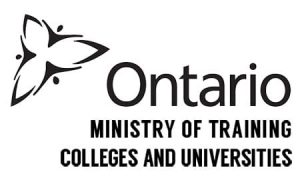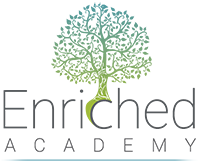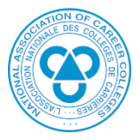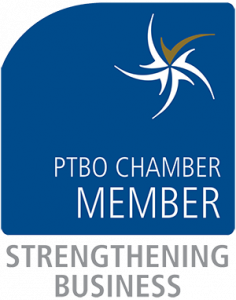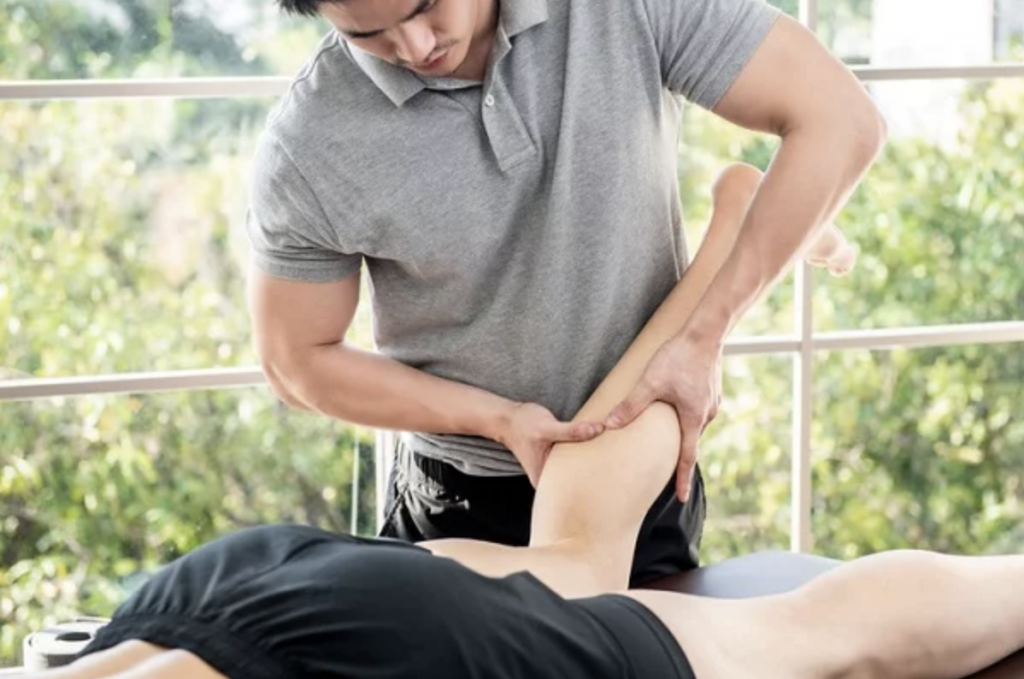
When you become a massage therapist, you will not only apply the skills you learned in school, but you may also branch off into particular interests that compel you. This could expose you to new techniques to incorporate into your work as you develop within your profession. You may be led to an interest in sports massage, prenatal massage or other areas.
Your courses will prepare you for proper soft tissue manipulation, trigger point therapy and home care instructions for clients to stretch and relax, among other techniques. Helping clients improve range of motion, posture, stress levels and personal wellness is fulfilling and as each person is different, it’s easy to stay interested and enthusiastic throughout your career. Here are 3 common techniques that can help you in your career after graduation. Read on!
1. Learn About Trigger Point Therapy in Your Massage Therapy Program
With trigger point therapy, massage therapists apply pressure to areas that are locally contracted and pulling on other tissues. Trigger points can cause pain elsewhere in the body and are usually quite tender areas. Being properly trained in this technique is essential and methods to release tension range from using different parts of the hands, thumbs and sometimes elbows or feet with certain types of massage. Often, trigger points will cross over with acupuncture points. When clients complain of “knots” in their muscles, these are often trigger points.
Tense, contracted muscle fibers in trigger points can place resultant tension on tendons and ligaments, sometimes creating joint pain deep inside of a client’s elbow, knee or other joint. Your massage therapy courses cover trigger point therapy because it can effectively relieve deep joint pain or points of painful tension for clients.
 Pain in joints can often be relieved through trigger point therapy by a professional massage therapist
Pain in joints can often be relieved through trigger point therapy by a professional massage therapist
2. Myofascial Release Explained for Students in Massage Therapy Training
The fascia is a sheet of thin connective tissue beneath the skin that wraps around muscles, organs and other tissue throughout the body. Fascia is important for mobility and reduction of pain, and it helps maintain a balance between flexibility and stability for optimal function and movement. Stretching the fascia and releasing tension from it can help clients who suffer from poor posture, pain, limited range of motion and stress.
Myofascial release is usually used by applying gentle, constant pressure in areas of tension or restriction in a client’s fascia. Stretching at home can also help clients with myofascial release, so this may be included in what you recommend for them as self-administered care.
3. Kneading Is a Massage Technique That Benefits Circulation
Kneading can be used on both deep and superficial tissue. This technique helps clients with pain, tightness and lack of flexibility. Many clients will also see that their stress is reduced by kneading. When you assess clients using knowledge from massage therapy training, you may notice some of these issues and decide to use kneading to help remedy them. Stimulating the muscles through this technique improves circulation, as blood flow is encouraged when pressure is applied.
There are different types of kneading, depending on what part of the massage therapist’s hand is doing the work. This includes thumb kneading, palm kneading, digital kneading or ulnar kneading. The force placed on muscles during kneading breaks down collagen fibres, relieving pain and reducing tension. In addition to increased blood flow, range of motion can be increased through kneading, as it helps with realigning and removing restriction from tissue. For a lot of clients, kneading is very relaxing, both physically and mentally.
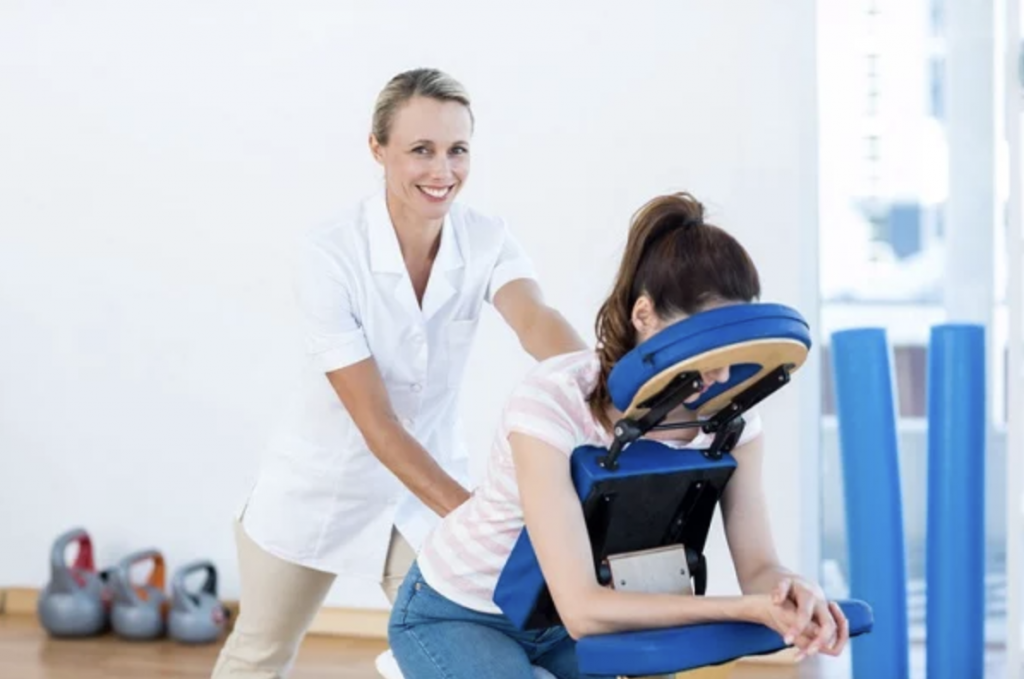 When pressure is applied through kneading, blood is encouraged to flow through the circulatory system
When pressure is applied through kneading, blood is encouraged to flow through the circulatory system
Are you interested in a massage therapy program?
Contact Oxford College for more information.

